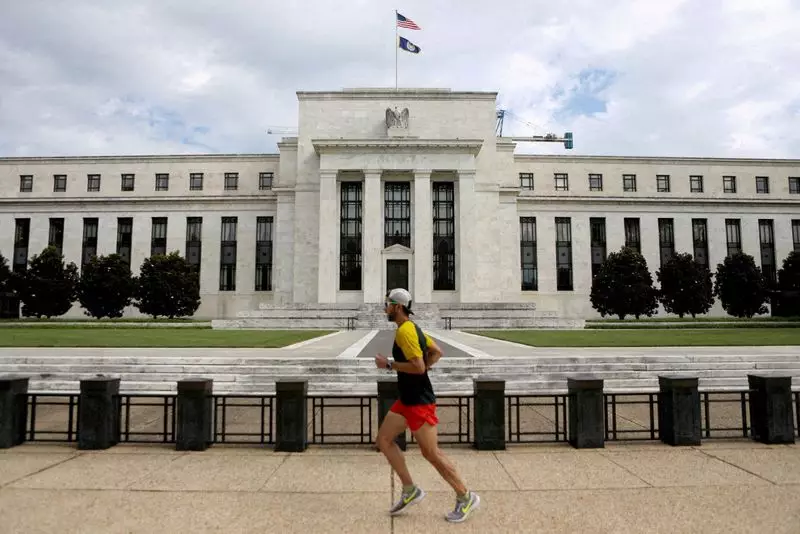The recent years have seen steep interest rate hikes by the Federal Reserve in an attempt to slow down the U.S. economy. However, contrary to expectations, these hikes have not had a significant impact on the overall economy. The economy has continued to grow at an annualized rate of over 2% in most quarters since the tightening began. Additionally, the stock market has remained close to record highs, indicating a lack of sensitivity to changes in short-term borrowing costs.
Several theories have been put forward to explain the economy’s resilience to high interest rates. These include the unique circumstances of the COVID-19 pandemic years, high levels of fixed-rate debt such as mortgages, and elevated aggregate corporate cash levels. In particular, the significant reduction in net interest payments made by U.S. firms during the tightening cycle is noteworthy. Net interest payments as a share of GDP were halved, and U.S. firms’ net interest payments as a share of cash flow have fallen to their lowest level in almost 70 years.
With interest rates expected to come back down, questions arise about the implications of the economy’s low sensitivity to rate changes. Some analysts suggest that the Federal Reserve may need to push rates extremely low to stimulate the economy in case of a recession. Others argue that the impact of higher rates has been delayed, leading to erosion of cash levels on household and corporate balance sheets. However, corporate borrowers have not faced significant challenges in rolling over their debt, even at higher rates.
The complex economic picture has led some investors to urge caution in the Fed’s policy decisions. Uncertainty regarding the transmission of monetary policy to the private sector remains high. Yves Bonzon from Julius Baer highlights the risk of stimulating already accelerating private-sector credit growth, the housing market, and the leveraged buyout market if the Fed cuts rates aggressively. Similarly, BlackRock credit strategists emphasize the importance of understanding the Fed’s objectives in order to predict the future trajectory of policy rates and credit spreads.
It is evident that the current economic landscape is marked by uncertainties and complexities. The resilience of the U.S. economy to interest rate hikes and the implications of potential rate cuts pose challenges for policymakers and investors alike. The need for caution and careful analysis of the evolving situation is paramount to avoid unintended consequences. As the Federal Reserve navigates through this uncertain terrain, it is crucial for all stakeholders to remain vigilant and adaptable to the changing economic dynamics.

